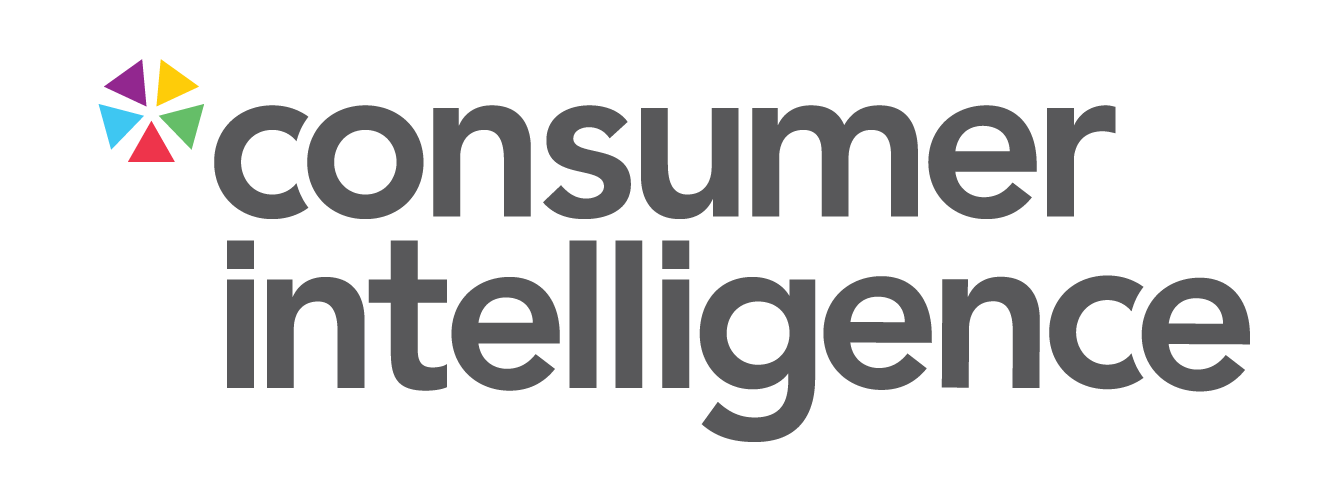The phone lines are closed, the first complete six months of results have been counted and verified – and the winner is… well it depends on how you look at it.
Analysing data from Consumer Intelligence’s Insurance Behaviour Tracker, which asks 2000 consumers a month about their renewal journeys, we can see which brands are gaining momentum and market share.
It’s the first look at a complete six-month set of data since the FCA’s pricing reforms, and an insight into different brand strategies.
First for momentum
When it comes to momentum, the brand gaining the most car insurance customers in the six months to August 2022 was Churchill.
|
Momentum |
Mar-22 to Aug-22 |
|
Churchill |
1.3% |
|
AA |
1.0% |
|
Aviva |
0.9% |
|
Hastings |
0.6% |
|
Tesco |
0.5% |
|
Zenith |
0.5% |
|
Dial Direct |
0.4% |
|
Admiral |
0.4% |
|
One Call |
0.3% |
|
LV |
0.3% |
Min sample = 30
The data shows a careful brand management strategy from Direct Line Group, using the Churchill brand to pick up more new customers, while Direct Line had some of the market’s best customer loyalty and retention rates.
Churchill’s gains mean it is now the third biggest brand for UK motor insurance - and level with Direct Line itself.
First for market share
The UK’s largest motor brand is still LV, with 9.5% market share.
|
Market share |
Mar-22 to Aug-22 |
|
LV |
9.5% |
|
Aviva |
7.9% |
|
Churchill |
7.2% |
|
Direct Line |
7.2% |
|
Hastings |
7.1% |
|
Admiral |
6.9% |
|
AA |
4.7% |
|
Saga |
3.8% |
|
Tesco |
3.3% |
|
AXA |
3.1% |
Other notable movers and shakers outside the top ten included Markerstudy’s Zenith, which more than doubled in size, closely followed by Markerstudy’s Dial Direct. In contrast we can also see other brands who were busy growing their market share ahead of GIPP now pulling back - including RAC which grew by 41% in the six months up to March 2022, but slowed down to just 7% in the most recent period.
Back on the chart, Aviva as a brand takes second place in terms of size, having gained 0.9% of the total market between March and August 2022, while its sister-brand QuotemeHappy lost 0.4%. As a group there may have been little change in overall policy count, but a change of mix is clear.
First for retention
NFU Mutual takes first place for retention – at a whopping 82.6%.
|
Retention |
Mar-22 to Aug-22 |
|
NFU Mutual |
82.6% |
|
Direct Line |
80.3% |
|
Hastings |
79.6% |
|
LV |
79.0% |
|
Admiral |
76.5% |
|
Churchill |
75.0% |
|
Saga |
73.0% |
|
AA |
72.4% |
|
Co-op |
68.4% |
|
Aviva |
67.9% |
Min sample = 30
The theory was always that GIPP would lead to fewer customers shopping around at renewal because they’d be more confident they were getting a fair price. And indeed, the average retention rate in the market has risen from 61.6% in the six months from October 21 to March 22, to 66.4% the following six months.
The next six months could see new strategies and new winners across our different data cuts, as we see the impact of the cost-of-living on consumer behaviour coming into play. Who’s going to make a grab for a potential new wave of shoppers, who’s going to stay focussed on retention, and who will top our momentum charts next time round?
Watch this space to find out.
Understand consumer behaviour throughout the renewal process
Enhance decision making, performance monitoring and planning by understanding consumer behaviours, attitudes and intentions at insurance renewal.
Insurance Behaviour Tracker (IBT) is the most comprehensive insurance focused consumer survey in the market. It provides insight and understanding of consumer behaviour throughout the renewal process, giving you a view of market trends, and brand performance. This will enable you to make informed decisions to allow you to build robust marketing and business plans and track results.
Comment on blog post . . .



Submit a comment